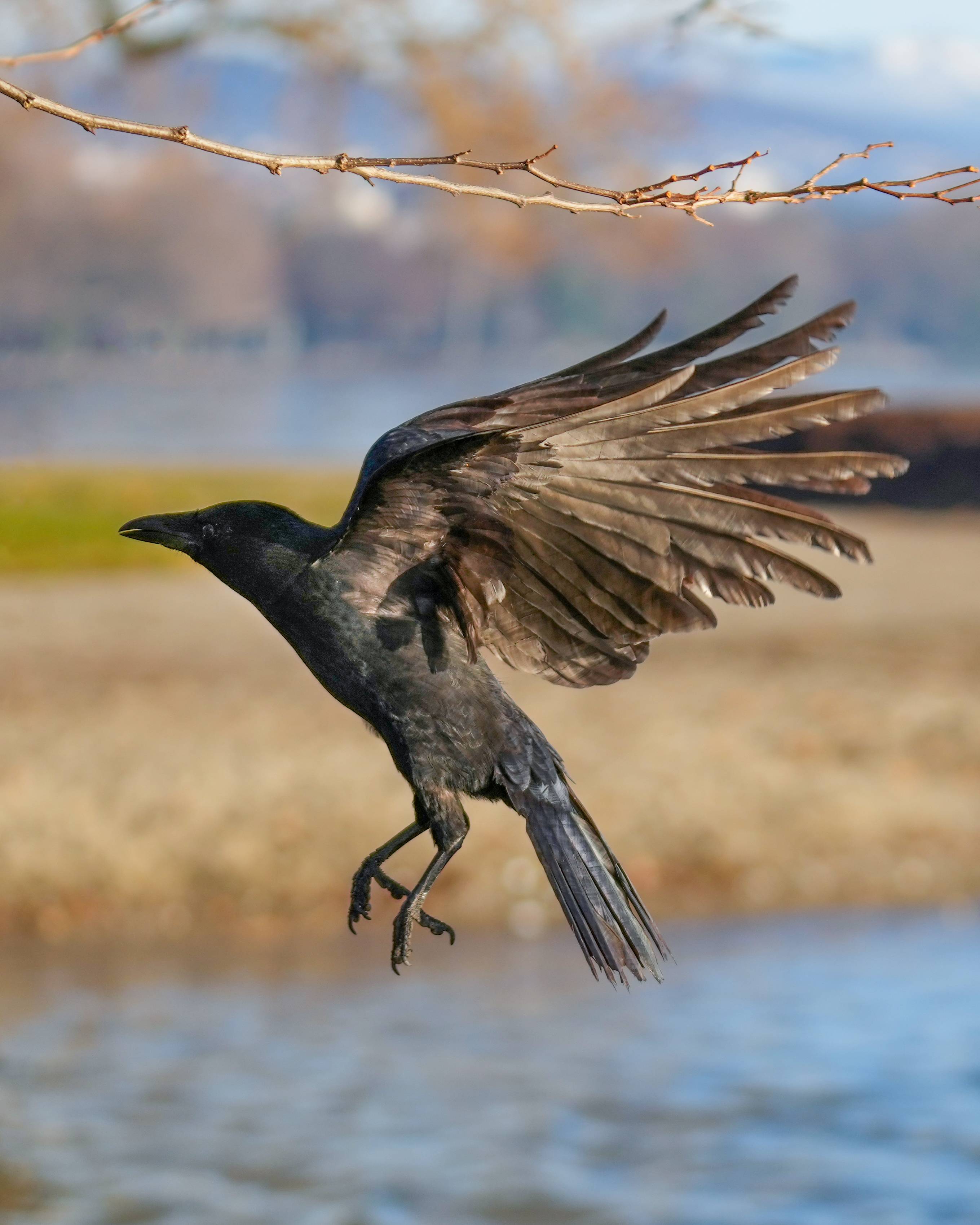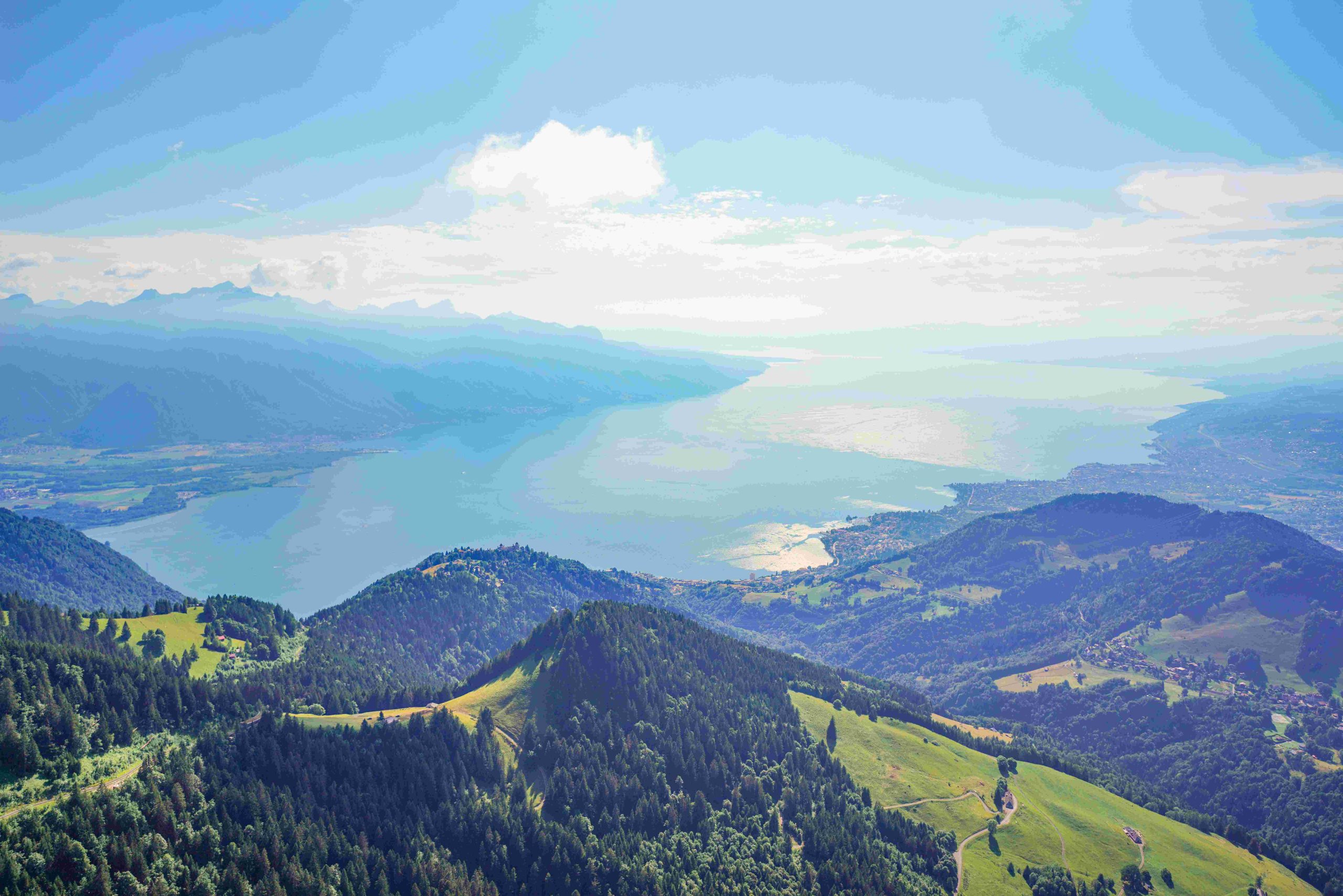Lake Geneva’s serene waters are home to a diverse ecosystem, including the enchanting water lilies that grace its surface. These aquatic plants, with their large floating leaves and stunning flowers, add a touch of natural beauty to the lake’s landscape. This guide explores the water lilies of Lake Geneva, their species, best viewing spots, blooming seasons, and conservation efforts.
What Species of Water Lilies Can Be Found in Lake Geneva?

While specific data on water lily species in Lake Geneva is limited, several common varieties are likely to thrive in its temperate waters:
- White Water Lily (Nymphaea odorata):
- Characterized by large, circular floating leaves
- Fragrant white flowers up to 5 inches wide
-
Thrives in calm waters up to 6 feet deep
-
Yellow Pond Lily (Nuphar lutea):
- Features heart-shaped leaves
- Yellow cup-shaped flowers
-
Prefers slightly deeper waters than white water lilies
-
European White Waterlily (Nymphaea alba):
- Similar to the North American white water lily
- Large white flowers with yellow centers
- Common in European freshwater ecosystems
These species adapt well to Lake Geneva’s climate and water conditions, creating picturesque aquatic gardens across the lake’s surface.
Where Are the Best Spots to View Water Lilies in Lake Geneva?

To experience the beauty of water lilies in Lake Geneva, consider these prime viewing locations:
- Shoreline Parks:
- Geneva Lake Shore Path: Offers numerous access points to calm, shallow areas
-
Big Foot Beach State Park: Features protected coves ideal for water lily growth
-
Boat Launches:
- Williams Bay Municipal Boat Launch: Provides access to quieter areas of the lake
-
Fontana Beach Boat Launch: Near potential water lily habitats
-
Nature Preserves:
- Kishwauketoe Nature Conservancy: Includes wetland areas that may support water lilies
- Hackmatack National Wildlife Refuge: While not directly on Lake Geneva, it offers similar aquatic plant viewing opportunities
| Viewing Location | Best For | Amenities |
|---|---|---|
| Geneva Lake Shore Path | Walking, photography | Benches, scenic views |
| Big Foot Beach State Park | Swimming, picnicking | Beach, picnic areas, camping |
| Williams Bay Boat Launch | Boating, kayaking | Parking, boat ramp |
| Kishwauketoe Nature Conservancy | Hiking, birdwatching | Trails, educational programs |
When Is the Best Time to See Water Lilies Bloom in Lake Geneva?
The water lily blooming season in Lake Geneva typically follows this pattern:
- Start of Season: Late June to early July
- Peak Blooming: Mid-July to mid-August
- End of Season: Late August to early September
Factors influencing bloom times include:
- Water temperature
- Sunlight exposure
- Nutrient availability
- Weather conditions
For the best viewing experience:
- Visit during morning hours when flowers are fully open
- Choose calm, sunny days for optimal flower visibility
- Consider weekday visits to avoid weekend crowds
How Are Water Lilies in Lake Geneva Being Conserved?
Conservation efforts for water lilies in Lake Geneva are part of broader aquatic ecosystem management initiatives:
- Water Quality Monitoring:
- Regular testing of water parameters
-
Efforts to reduce nutrient runoff from surrounding areas
-
Invasive Species Control:
- Removal of non-native plants that compete with water lilies
-
Education programs for boaters to prevent spread of invasive species
-
Habitat Protection:
- Designation of no-wake zones in sensitive areas
-
Shoreline restoration projects to create natural buffers
-
Research and Monitoring:
- Ongoing studies of aquatic plant populations
-
Collaboration with local universities for ecological research
-
Community Involvement:
- Volunteer programs for water quality testing and plant surveys
- Educational outreach to promote awareness of aquatic ecosystems
These conservation efforts aim to maintain a healthy balance in Lake Geneva’s ecosystem, ensuring that water lilies and other native species continue to thrive.
What Role Do Water Lilies Play in Lake Geneva’s Ecosystem?
Water lilies are more than just a beautiful sight; they play crucial roles in Lake Geneva’s aquatic environment:
- Habitat Creation:
- Provide shelter for fish and aquatic invertebrates
-
Offer nesting sites for waterfowl
-
Water Quality Improvement:
- Absorb excess nutrients, helping to prevent algal blooms
-
Stabilize sediments, reducing water turbidity
-
Oxygen Production:
-
Generate oxygen through photosynthesis, benefiting aquatic life
-
Erosion Control:
-
Root systems help stabilize shorelines and bottom sediments
-
Food Source:
- Seeds and plant parts are consumed by various wildlife species
Understanding these ecological functions underscores the importance of preserving water lilies in Lake Geneva.
How Can Visitors Responsibly Enjoy Water Lilies in Lake Geneva?
To ensure the preservation of water lilies and their habitats, visitors should follow these guidelines:
- Observe from a Distance:
- Use binoculars or zoom lenses for close-up views
-
Avoid touching or picking flowers
-
Boating Etiquette:
- Maintain slow speeds near lily pads
-
Use designated boat lanes to avoid damaging plants
-
Proper Waste Disposal:
- Take all trash with you
-
Use designated facilities for boat waste
-
Learn and Share:
- Educate yourself about local aquatic ecosystems
-
Share knowledge with others to promote conservation
-
Support Local Conservation:
- Donate to or volunteer with local environmental organizations
- Participate in community clean-up events
By following these practices, visitors can enjoy the beauty of water lilies while helping to protect Lake Geneva’s delicate ecosystem for future generations.
References:
1. Britannica – Water Lily
2. Freeborn County – Geneva Lake Management Plan
3. USDA Forest Service – White Water Lily
